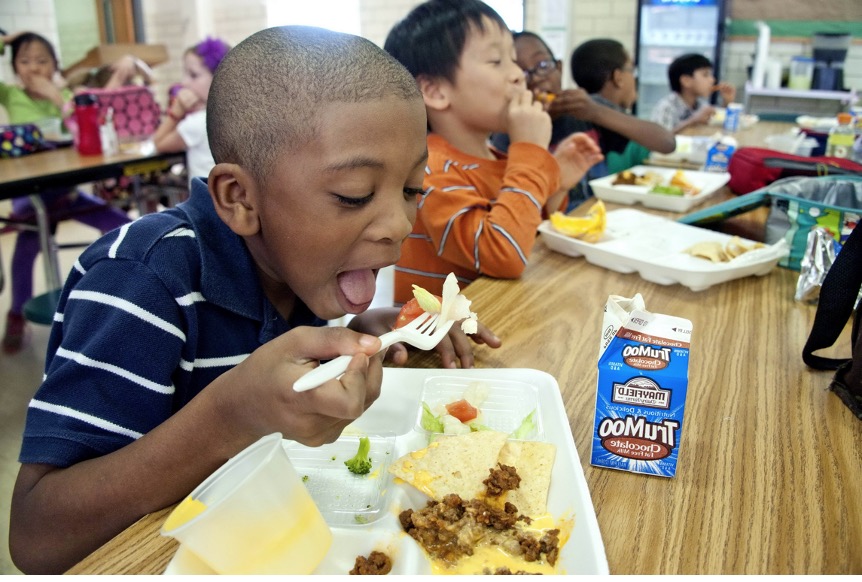CommentsCALIFORNIA SCHOOLS - Our schools play a crucial role in influencing our children’s health and learning.
School cafeterias, which feed our students breakfast and lunch, are essential players in fighting child hunger and in the education of our nation’s future leaders.
We’ve long championed farm-to-school programs because we believe healthy, freshly prepared meals using local ingredients are key to providing children with the best start in life.
School Meals For All, which Gov. Gavin Newsom championed in the budget since its inception, in concert with state Sen. Nancy Skinner’s legislative proposal, is the largest free-meals program in the country, providing breakfast and lunch for 5.9 million students — many of whom depend on school food for the bulk of their nutrition, regardless of income.
This year, the governor and the Legislature have the opportunity to partner again and make further improvements to our school food system, with the goal of making it the best in the nation. With rising food prices, ongoing supply chain disruptions, and federal waivers that provide schools with increased meal reimbursements and flexibility set to expire on June 30, multiyear investments in our school food system are essential.
Several years ago, with improving our school food system in mind, we embarked on a mission to reimagine how all students, regardless of their economic status, could have school meals that are freshly prepared using nutritious, California-grown ingredients. We visited schools throughout the state and listened to students, cafeteria teams and farmers, who shared their challenges as well as their ideas for improvements. Additionally, we brought together the School Meals For All coalition — more than 200 organizations representing labor, health care, business, climate, education, agriculture, and food banks that recognized the co-benefits of healthy school meals across their sectors.
We learned that the majority of schools need infrastructure upgrades to help them procure, store, prepare and serve healthier meals. School leaders told us they need to hire and train food service personnel. They also need direct access to local farmers, or an intermediary, to help source ingredients that support local economies, as well as the state’s goals in racial equity and climate-change mitigation.
They told us that meal transformation requires creating kitchens with equipment such as commercial dishwashers, scales for weighing produce, vegetable processors and prep tables.
Based on these conversations, the Office of the First Partner and the California Department of Food and Agriculture co-authored “Planting the Seed: Farm to School Roadmap for Success.” The road map uses the insights we learned from the community to transform our ideas of what a school meal can be.
Gov. Newsom and the Legislature now are considering nearly $2 billion in investments for the School Meals For All program, which includes additional one-time and ongoing funding to expand the Farm to School Program.
These investments will allow for nutrition education, healthy food access, school workforce development, strong farm-to-school partnerships and upgrades in school kitchen infrastructure and equipment.
As the nation looks to California as the model for universal school meals, it is imperative that those meals are the best they can be for our children, our economy and our planet.
(Jennifer Siebel Newsom is the first partner of California, an award-winning filmmaker and a thought leader on school nutrition and farm-to-school programs.)
(Kat Taylor is the co-founder of TomKat Ranch, a co-sponsor of School Meals For All and an investor in regional food hubs and innovative food aid programs.)
